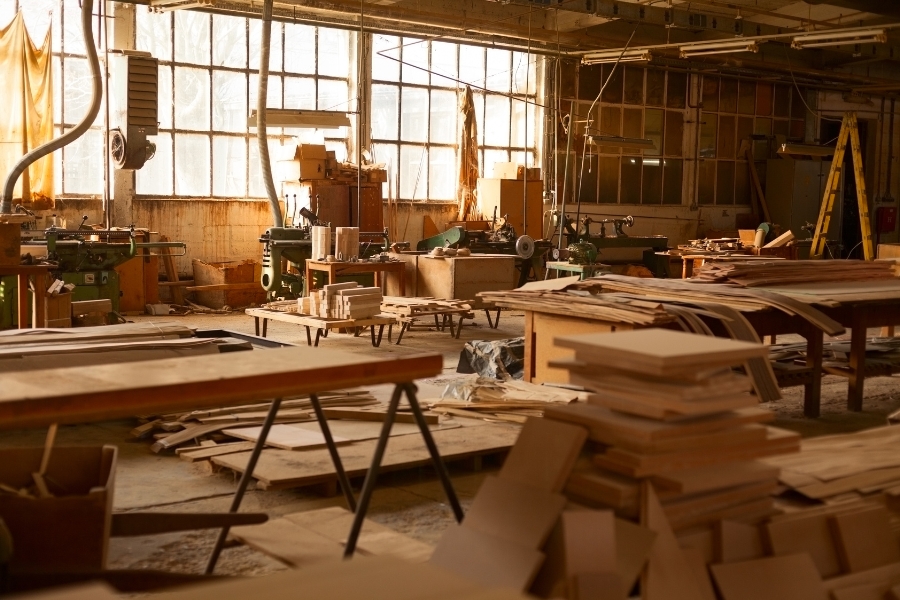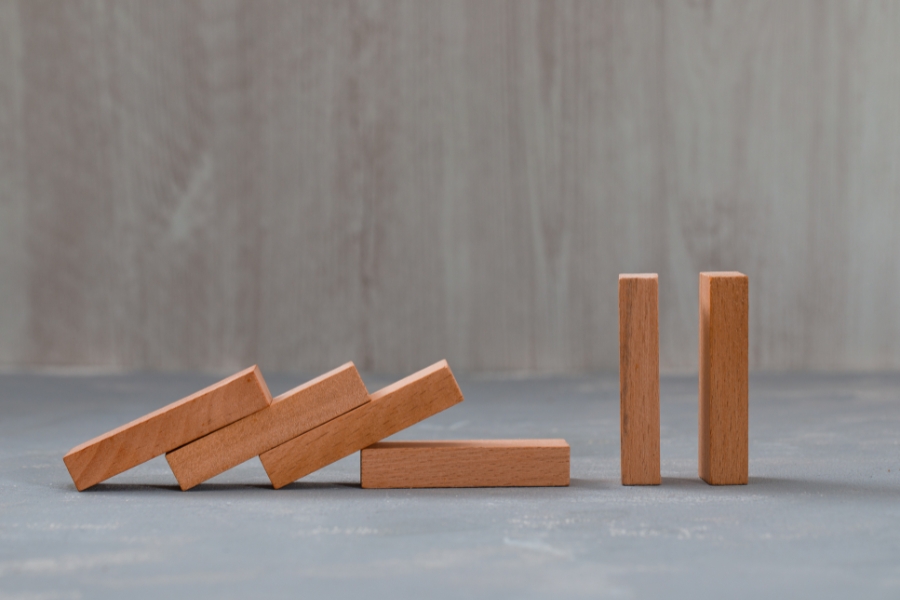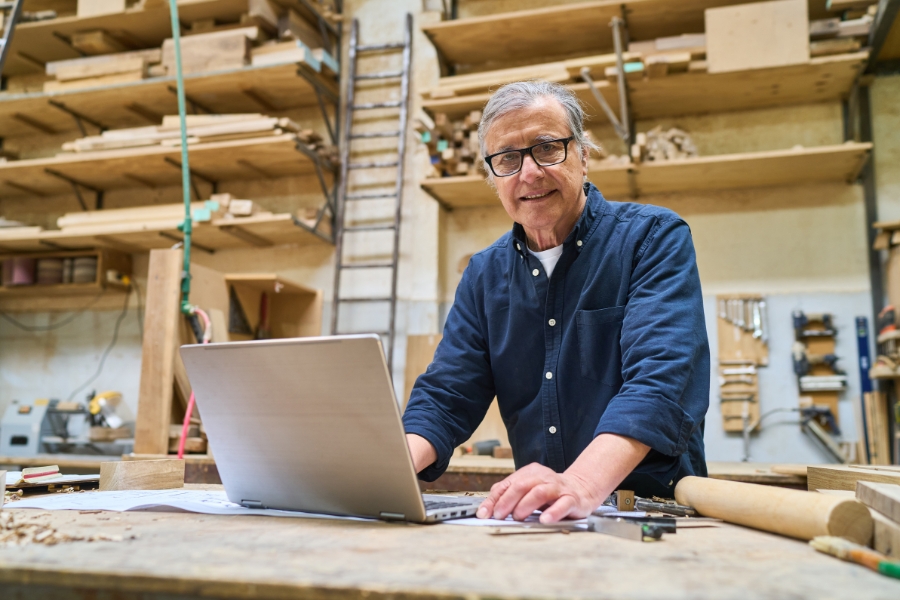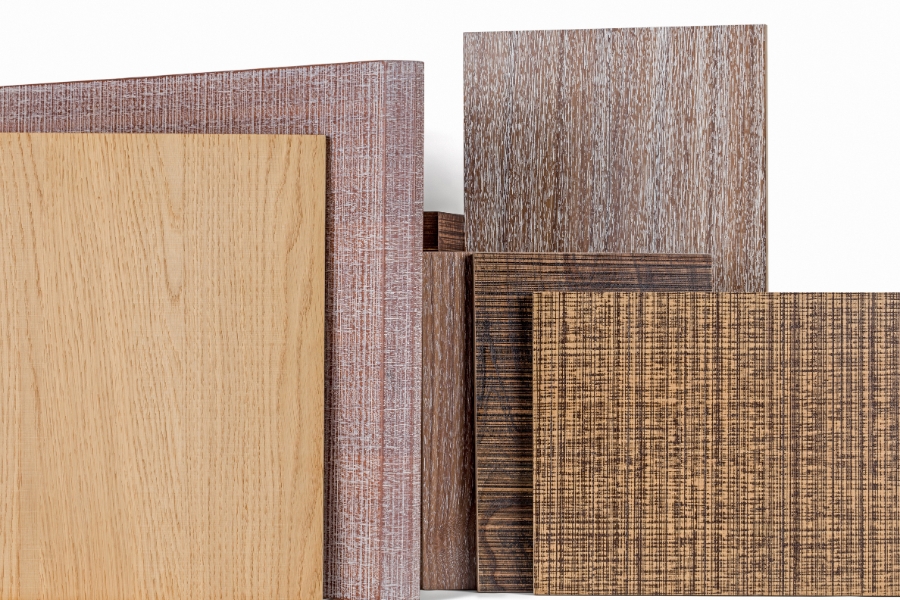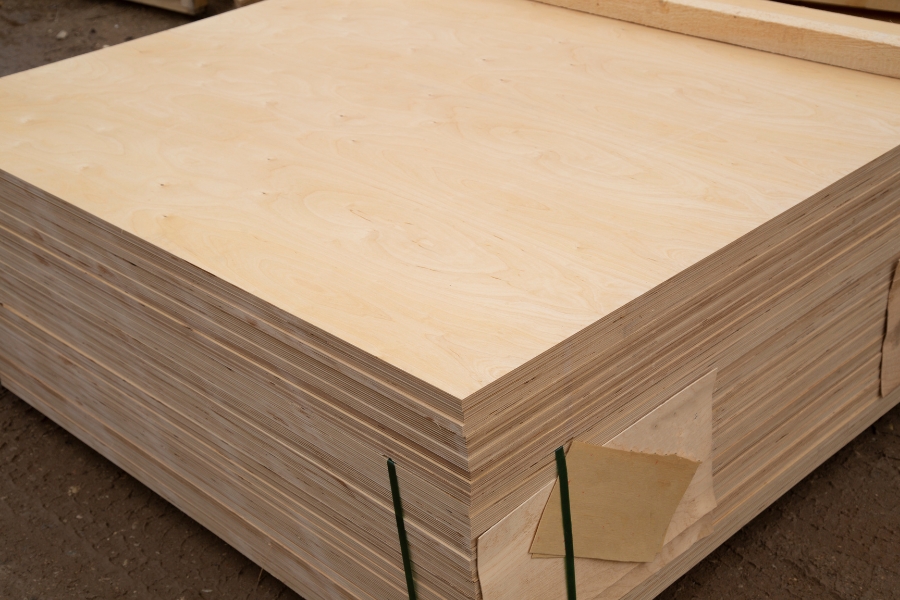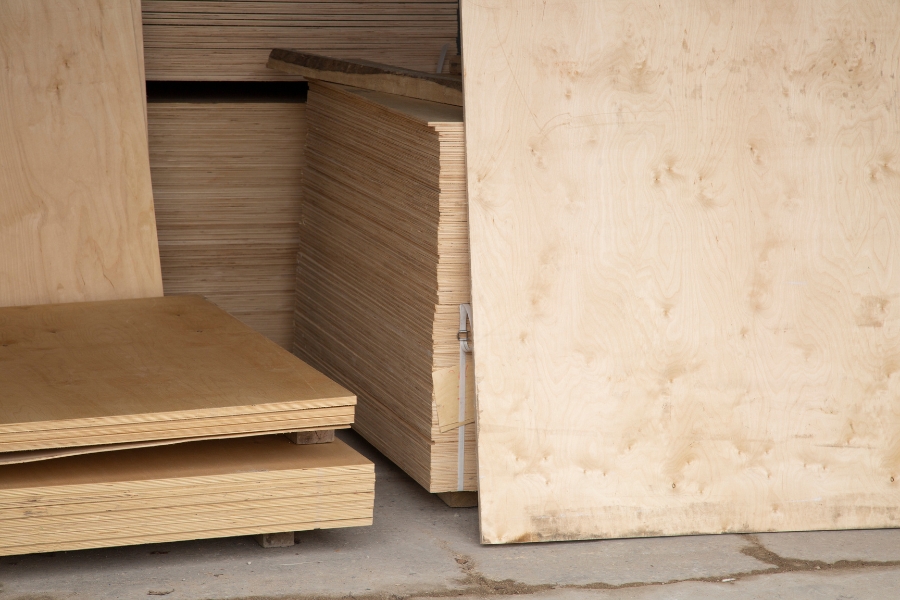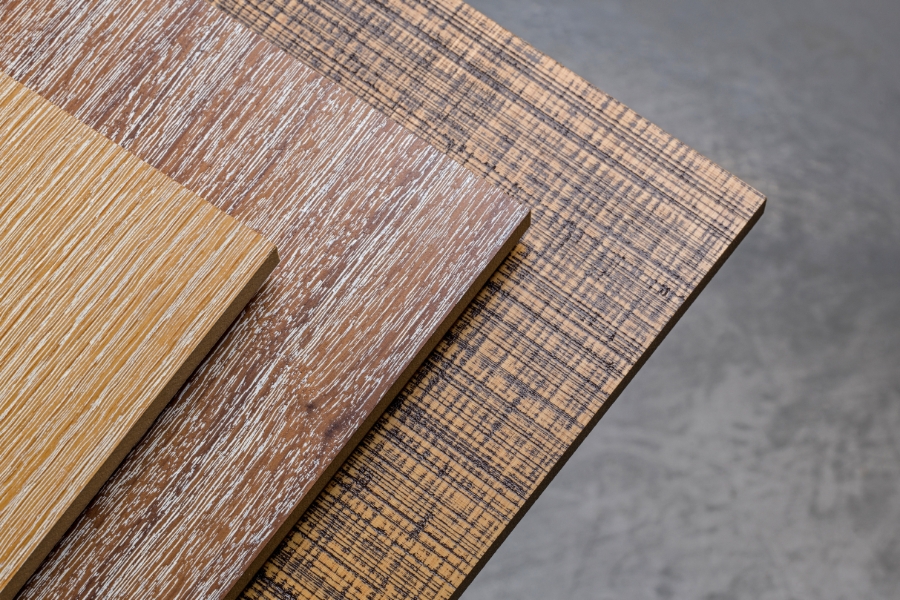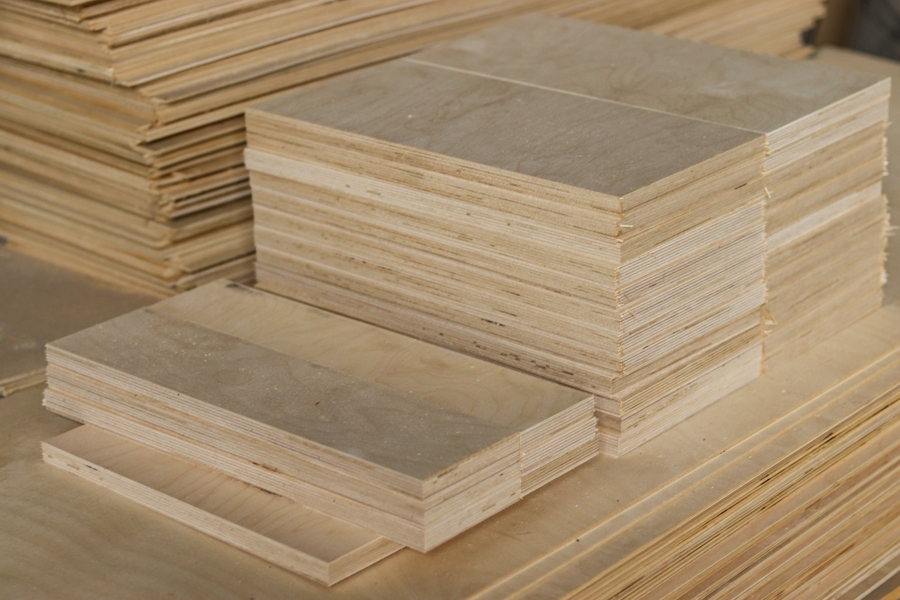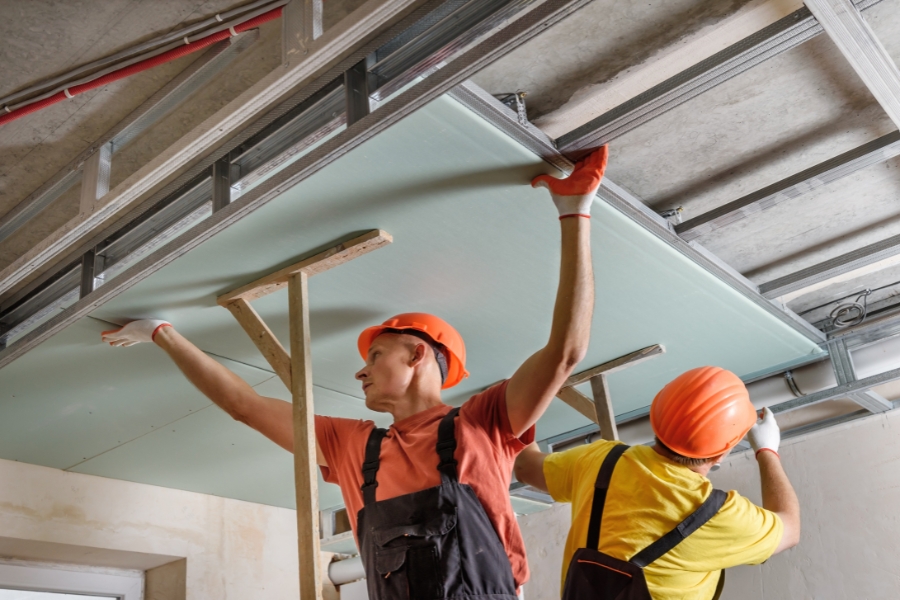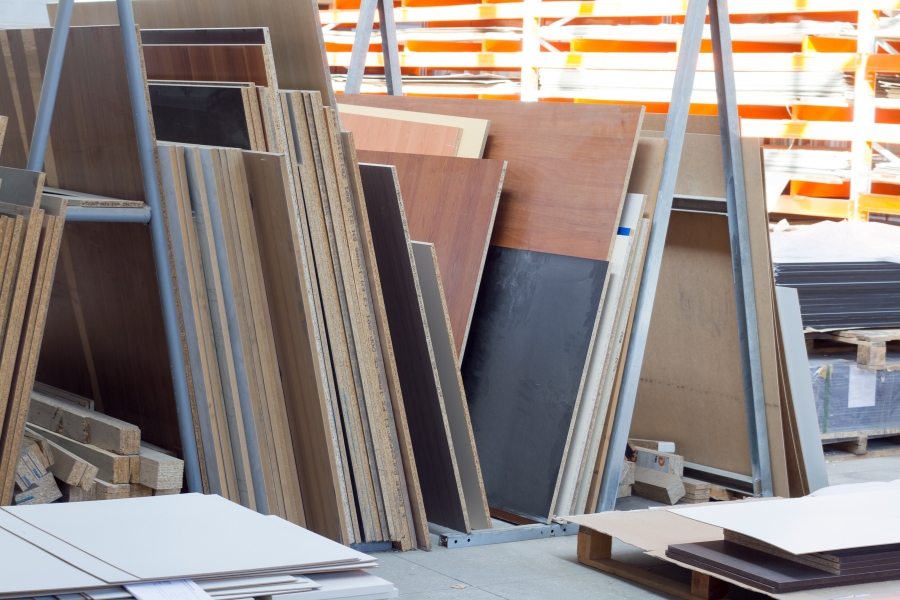If you’re confused about which material to choose for making furniture, you’ve probably come across two materials: HMR (High Moisture Resistance) and plywood. Both are popular in the woodworking world because they each have their own advantages, from durability and strength to price.
But the question is, which one is actually more durable and suitable for your furniture needs? Don’t make the wrong choice, because the material you use will greatly affect the appearance and lifespan of your furniture. So, let’s explore the comparison between HMR and plywood so you can decide which one is the best fit!
HMR VS Plywood Comparison
Before making a choice, it’s a good idea to first understand the basic differences between HMR and plywood. In terms of material, strength, and moisture resistance, both have unique characteristics that can be key considerations. What are they?
1. Material Composition
HMR is made from wood fibers that are processed using a special resin, making it more resistant to moisture. Meanwhile, plywood consists of thin layers of wood glued together. This difference makes HMR more suitable for use in areas that are often exposed to moisture, such as kitchens or bathrooms.
2. Moisture Resistance
HMR’s resistance to water is one of its main advantages. This material is able to withstand moisture better than plywood, which tends to swell or deteriorate when exposed to water. For environments with high moisture risk, HMR is a safer choice.
3. Strength and Durability
In general, HMR has better strength and impact resistance than plywood. This makes it ideal for furniture that requires extra durability, such as work tables or cabinets. Plywood is still quite strong, but it can be less durable when used in high-intensity environments.
4. Production Process
HMR is produced using technology that ensures consistent moisture resistance in every sheet. On the other hand, plywood uses a simpler production method, so its quality and durability can vary.
5. Price and Availability
HMR is generally more expensive due to its complex production process and the use of high-quality raw materials. However, this investment is worth it if you are looking for a durable material. On the other hand, plywood is easier to find and more affordable, making it suitable for projects with limited budgets.
In essence, both HMR and plywood have their own advantages. If you need furniture that is durable, strong, and safe to use in humid areas, HMR may be the best choice. However, if your budget is limited and you plan to use it in dry areas, plywood is still a good option.
So, just adjust it to your needs, location of use, and budget. That way, the furniture you make can be durable and look the way you want.
Want to use HMR? Hojaya offers HMR boards with varying thicknesses ranging from 3 mm to 18 mm, with a smooth surface suitable for finishes such as HPL, as well as being moisture-resistant and durable for long-term use.
If you want something more practical and efficient, there is also HMR Melamine, which is already coated with melamine so you can use it immediately without the need for additional finishing. It is suitable for kitchen cabinets, vanities, or toilet cubicle partitions. This product is heat-resistant, moisture-resistant, and very durable.
By choosing our products, you can rely on quality, durability, and ease of application, ensuring your furniture is not only long-lasting but also looks exactly as you envisioned. So, what are you waiting for? Consider Hojaya for ready-to-use, durable furniture materials!

